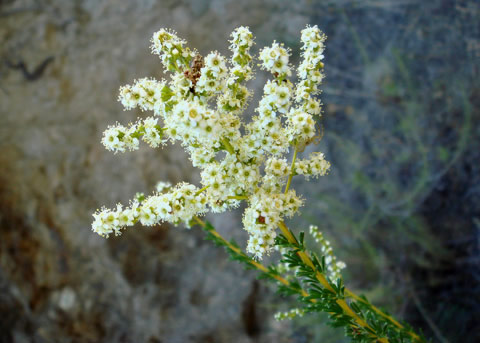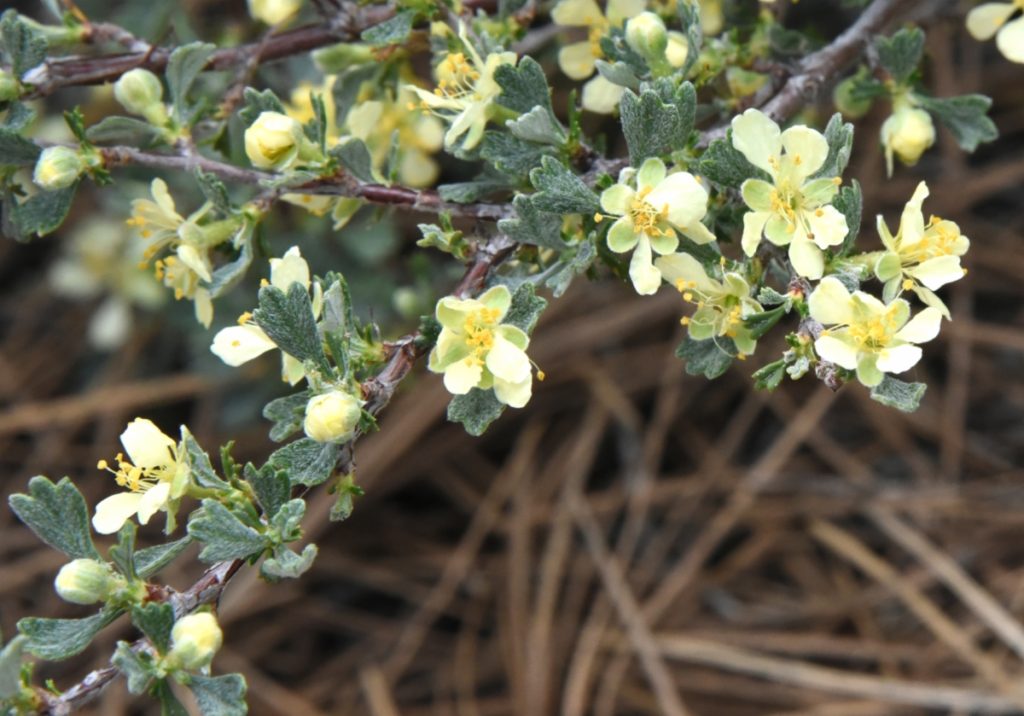
The Rosaceae family, commonly known as the rose family, is a diverse group of flowering plants. There are several identifying characteristics:
- Leaves: Compound leaves, which means the leaves are divided into multiple leaflets arranged along a central stem or petiole. The leaflets may be toothed or lobed.
- Flowers: Five-petaled and with radial symmetry. They come in various colors, such as white, pink, red, or yellow. The flowers can be solitary or arranged in clusters.
- Fruit: Fleshy, one-seeded “drupe” or a “pome,” which is a fruit with a central core containing seeds. Examples of pome fruits include apples and pears, while drupe fruits include cherries and plums.
- Sepals: Often fused together at the base in a cup-like structure called a hypanthium.
- Petals: Typically separate and attached to the receptacle of the flower.
- Stamens: Numerous stamens.
- Carpels: The number of carpels varies among different species within the family. They are usually located at the center of the flower.
- Stipules: Many species have stipules, which are small leaf-like structures at the base of the leaf petiole.
- Prickles and Thorns: Some Rosaceae plants have prickles or thorns on their stems, providing them with a defensive mechanism.
- Alternate Leaves: The leaves of Rosaceae plants are often arranged alternately along the stems, although exceptions exist.
- Economically Important Species: The Rosaceae family includes a wide range of economically important plants, such as roses (ornamental), apples, pears, peaches, strawberries, raspberries, and many other fruits, as well as some ornamental and medicinal plants.
Link to a video from the Jepson herbarium showing characteristics of the Rosaceae.
Link to the Rosaceae key.
